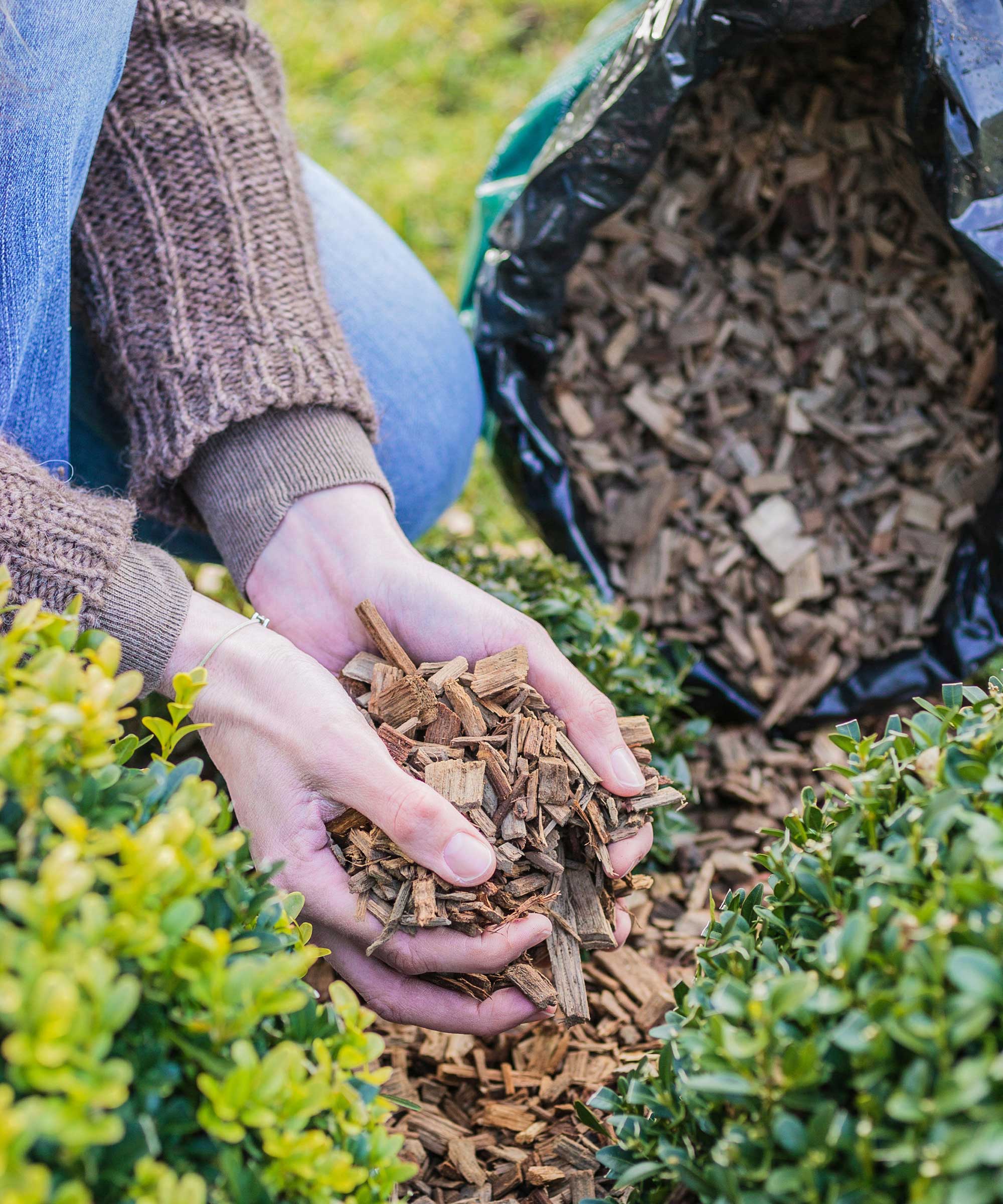When to mulch flower beds – garden experts reveal their timing tips
Mulching has multiple benefits – but which season is best for ticking off this outdoor task? This guide explains


Q: A friend has recently given me lots of wood chippings and I want to use them to mulch the flower beds in my garden. When is the best time to do this, or can I just add them at any point in the year?
A: Mulching flower beds has plenty of benefits, so this is a great way to put wood chippings to good use. They'll suppress weeds, lock in moisture, and protect plants from freezing conditions. What's more, as they're an organic type of mulch, they will also add nutrients to the soil as they break down. But to get the most from your mulching efforts, timing is important.
Spring and fall are the optimal times of year to mulch flower beds. This is for different reasons, as explained below.

A former professional gardener and allotment grower, Holly now spends her days writing about plants and outdoor living for Homes and Gardens and caring for her large collection of houseplants.
Mulching in spring
Add mulch to your spring garden to-do list and you'll thank yourself later. A good layer applied to your flower beds will smother weeds before they have a chance to take hold, cutting maintenance time down in the future.
What's more, a springtime layer of organic mulch can also give your plants a boost in nutrients as it decomposes, helping them to grow stronger.
Wait until the frosts have passed and the soil has warmed up a little: mid to late spring is best. If you apply mulch too early, the soil will stay cold for longer, meaning plant growth will be delayed.
It's also best to mulch when the soil is damp (but not waterlogged) to lock the moisture in.
Design expertise in your inbox – from inspiring decorating ideas and beautiful celebrity homes to practical gardening advice and shopping round-ups.

Mulching in spring will help to suppress weeds
Mulching in winter
By fall, the layer of mulch you applied in spring is probably in need of a top-up. This fresh material will help to protect plants from upcoming frosts, providing an insulating blanket for roots and crown buds.
Apply a layer before the soil hardens with frost, advises John Negus of Amateur Gardening magazine. 'Additionally, worms, which are still active now as the soil has retained some warmth from the summer sun, will integrate the mulch into the soil and improve its beneficial humus reserves,' he adds.
If you're expecting a wet winter, mulching will also help to stop the soil from washing away.

John has been a garden journalist for over 50 years and regularly answers readers' questions in Amateur Gardening magazine. He has also written four books and has delivered many talks over the years on horticulture.

Mulching in fall protects plants from frosts
When to mulch new garden plants
According to the Royal Horticultural Society, you can mulch new garden plants that need to be established at any time of the year.
'Newly-planted flower beds may benefit from an initial layer of mulch to help retain moisture and suppress weeds, but care should be taken not to smother the young plants,' says Nikita Burgan, a landscaping expert of Greenbeard Lawn Care. 'A thin layer of mulch, no more than 2-3 inches deep, is recommended.
'Seedbeds or areas where seeds are sown directly into the soil should not be mulched, as the mulch can prevent seeds from germinating,' she adds.

Holly started writing about gardening five years ago, and she is a regular contributor to Homes & Gardens. She has also written many gardening features for Woman & Home and Real Homes, too. She has previous experience as a professional gardener, where she helped to plant and maintain private gardens. Holly has also looked after allotment plots over the years and loves to grow her own flowers and veggies from seed. In her spare time, she enjoys visiting local gardens, botanical drawing, and tending to her ever-growing collection of houseplants.